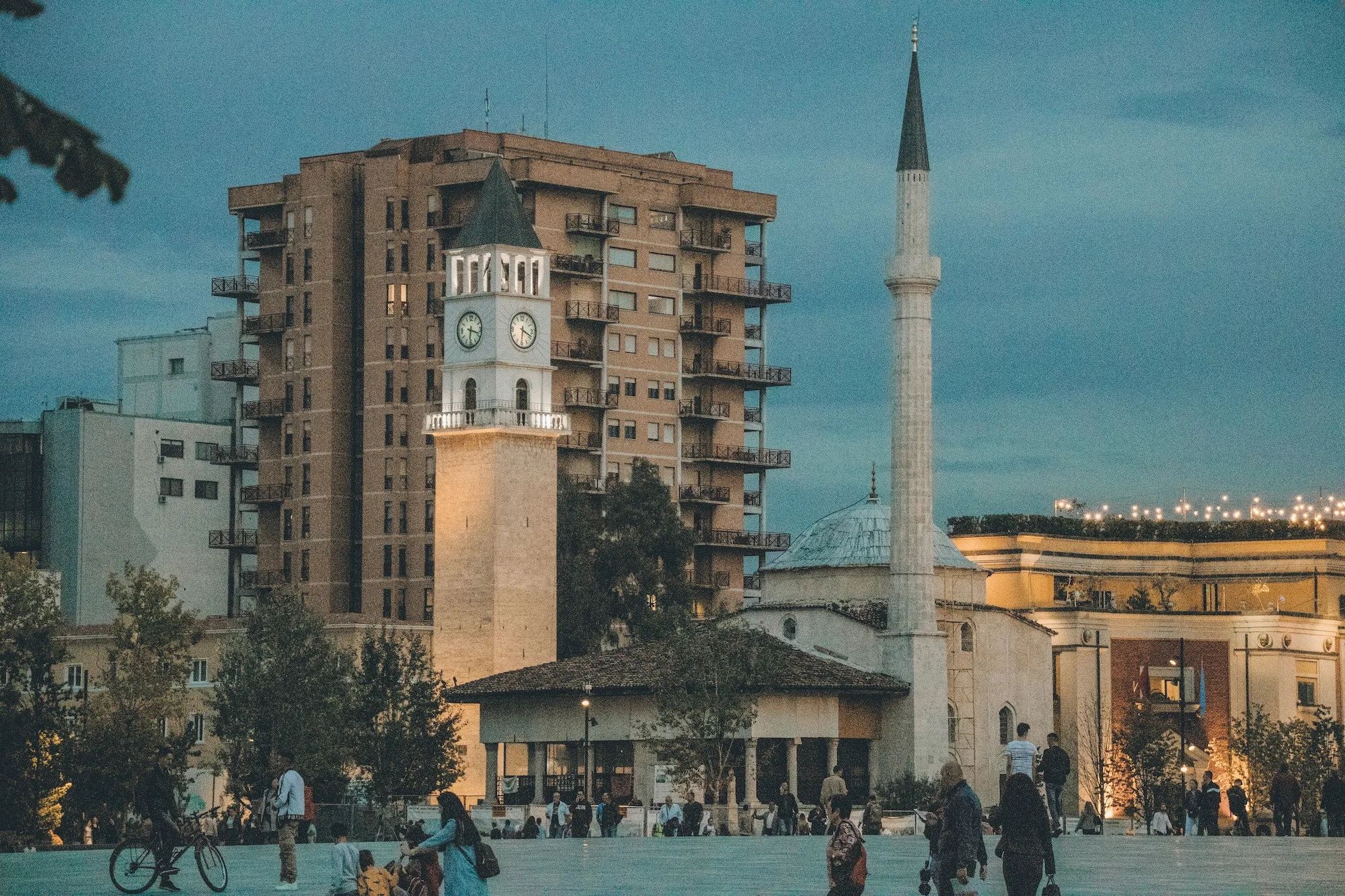Women play a crucial role for the development and economic growth of rural communities across Europe. They are driving force for the maintenance, conservation and development of rural areas, both in cultural and economic terms. Yet still their contribution is marginalised and often neglected.
Over the past few years, however, this has begun to change. A lot has been done to support the transition of rural areas towards greater levels of both innovation and diversity.
One of the key initiatives driving this change is EIT Food’s Empowering Women in Agrifood (EWA) programme, which offers training, mentoring, business coaching and networking opportunities—alongside much else—for women entrepreneurs in the agrifood sector.
Part of the European Institute of Innovation and Technology, a body of EU, EIT Food’s mission is to accelerate innovation in order to build a future-fit food system that produces healthy and sustainable food for all. Women, says EIT Food’s Gender and Diversity Senior Manager Małgorzata Druciarek, need to be a part of this.
“There is a clear correlation between levels of gender equality and levels of innovation in a given society,” she says. “We have data proving that in those countries in which the level of gender equality in society is higher, so is the level of innovation. [This data] supports the thesis that women are leading innovators, the agents of change. And given that our main goal at EIT Food is to make the food system more sustainable, we should invest more in women so that more of them can become game changers and drivers of innovation.”
EWA 2024
EIT Food recently opened a call for applications for the fifth edition of its 2024 EWA programme. Some 120 talented female entrepreneurs from the 12 participating countries (Bulgaria, Croatia, Czechia, Greece, Hungary, Italy, Latvia, Lithuania, Portugal, Spain, Türkiye and Ukraine) will benefit from an intensive, six-months entrepreneurial programme tailored to create business solutions for the challenges facing the agrifood sector.
“The programme is designed for all women, regardless of their age or family situation,” says Druciarek. “Ideally we are looking for early-stage female entrepreneurs, women who have run a business for no more than three years.”
Not that women without a business are left out—a good idea can be enough, adds Druciarek. “We are also looking for women may not have a start-up yet but who have an innovative idea for the agrifood sector that we can help them develop.”
Once selected for the EWA programme, participants benefit from a broad package of support, notably mentoring and networking. “We hold a series of meetings to ensure that we match the mentor with the right mentee. It’s highly personalised,” says Druciarek.
Other skills that participants can develop include communication, leadership, and business acumen. The programme is offered in local languages, although optional training in English communication is offered. At the end of an intensive six months, participants will have the required knowledge, confidence and support to meet and exceed their aspirations, leading them to successfully run a sustainable businesses.
“We show them how to develop their business idea, how to create a business plan and then how to sell it—because that’s the most important part,” she adds. A final pitching day offers participants the opportunity to validate and present their ideas in front of a wider audience, including potential investors.
Druciarek points to the success of previous cohorts as proof that the EWA programme works.
“Some 35 start-ups have been created and our female entrepreneurs have in total raised 13 million euros in funding,” she says. “It’s evidence of the high level of the programme; I don’t know of any others that offer as much as we do. It’s a boutique programme with a limited number of participants but we offer them a huge amount of time and attention.”
Nor does a start-up’s journey end after the six-month EWA programme—for many, it can be the first step towards the many other, international initiatives that EIT Food offers as part of its wide network that encompasses much of Europe.
Druciarek’s message to women considering applying for EWA is simple: “Go for it,” she says. “In the interviews I have done with previous participants, that’s what I hear: ‘It’s a great opportunity. Don’t hesitate, just go for it.’”

Empowering others to empower
EIT Food recently published a report, How to Empower Women Innovators in Agrifood? Guidelines for Programme Design, which offers an overview of the entrepreneurial and agrifood landscape for women in 15 countries in Central and Eastern Europe (Bulgaria, Czechia, Croatia, Estonia, Hungary, Latvia, Lithuania, Montenegro, North Macedonia, Poland, Romania, Serbia, Slovakia, Slovenia, Ukraine), and brings together a set of practical guidelines for successful female entrepreneurship programmes in the agrifood sector.
“We wanted to create a very practical tool for all stakeholders: organisations, institutions, experts who are willing to improve the level of female entrepreneurship in the agrifood sector,” says Druciarek. “We wanted to give them something practical and at the same time offer them our partnership, help, and advice. Whatever they need.”
“It’s also a source of data for people who are interested in the agrifood sector, and the situation of women within the sector in those 15 countries. This was necessary because if we want to change things for the better, we need to be aware of the current situation.”
“[The report] is useful for anyone interested in boosting female entrepreneurship in the agrifood sector; they can use it to create programmes that offer the right kind of support.”







